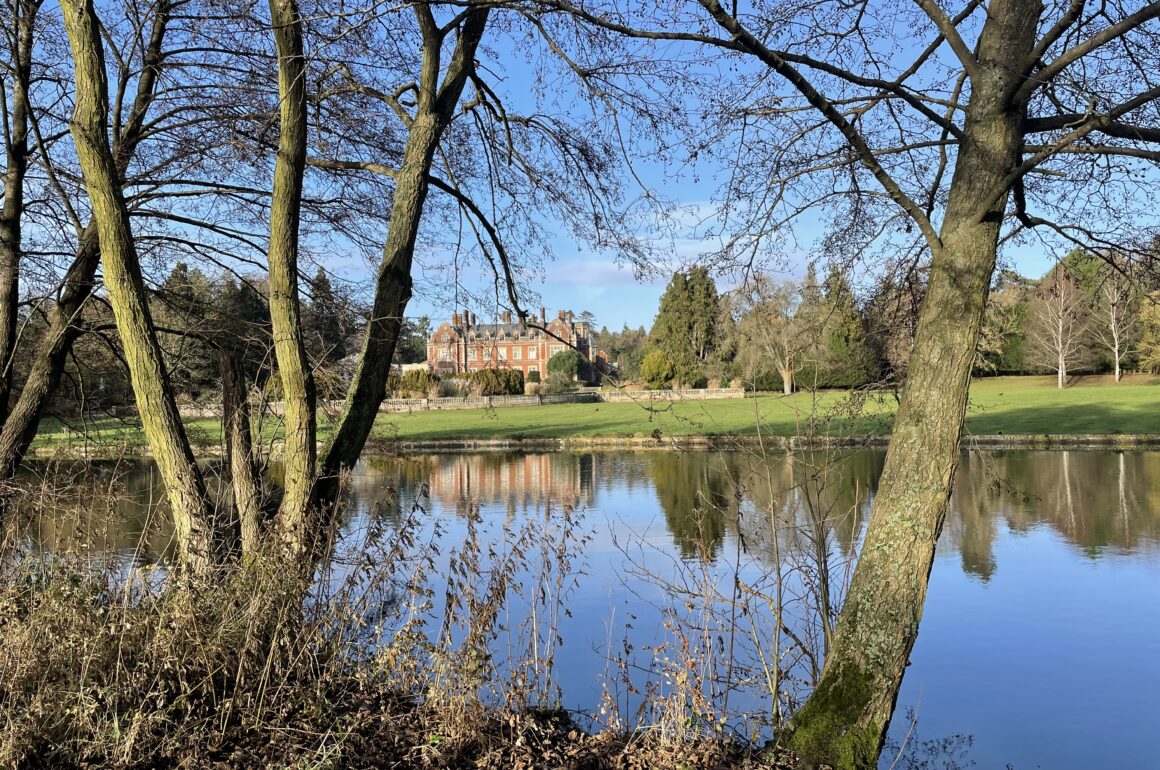
Though I find beauty in every season, winter isn’t my favourite time of the year. The days are too short, the weather often unpleasant, so when a sunny day comes along, I like to make the most of it. Yesterday was one of those all-too-rare sunny days, and though the temperature never reached double figures Centigrade, there was little or no wind, so it didn’t feel colder than it was. In short, it was the perfect day to go birding, so I grabbed my binoculars and camera and set off for the forest.
If you read my biography at the foot of this post, you will discover that I’m a writer for the so-called Breckland Beat, and my sunny day was spent entirely within Breckland. My route from home took me through Thetford Forest, at 18,000ha the largest pine forest in England. The trouble with mature pine forest is that it isn’t really very good for birds, and in winter there’s little to be found there apart from Goldcrests and Coal Tits. The Forestry Commission, the government’s state forestry corporation, was cunning enough when it created the forest nearly a century ago to plant deciduous trees along the edges. Today these trees – oak, beech and horse chestnut – are like fine icing on a very poor cake. They make the forest look much more inviting than it really is.
There are, however, birds-rich areas within the forest, and one such is Lynford. Part of the attraction is the variety of habitats within a small area. There’s Lynford Water, a scenic tree-fringed former gravel working that today is popular with Great Crested Grebes, Tufted Ducks and wild swimmers (yes, they even swim in December). Lynford also boasts an arboretum, with 200 different species of trees. Add in an area of heath favoured by Woodlarks (a Breckland speciality), a small stream (a tributary of the River Wisey) and a neat ornamental lake in front of a big house (Lynford Hall, pictured in the header photograph), and you will get an impression of what this compact but attractive area has to offer.
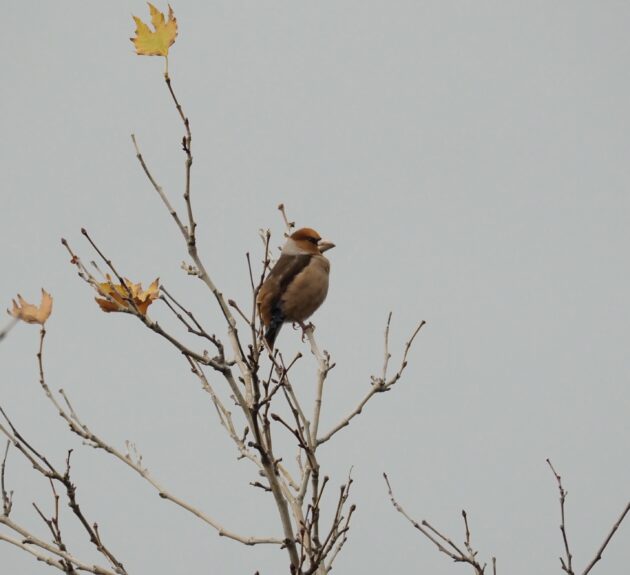
It has one other trick, too, and arguably the most important of the lot: a couple of grazed pastures, with several mature hornbeam trees in their centre. These hornbeams are popular with Hawfinches, a big, handsome finch that is highly localised and hard to find anywhere in England. So reliable are the Hawfinches here that this has become the best place in East Anglia, and probably in England, to see these birds. Scores of birdwatchers are drawn to Lynford every month in the hopes of seeing one. Sadly, many fail, as the finches favour the hornbeams for roosting, so are best seen at dawn or dusk, rarely in the middle of the day.
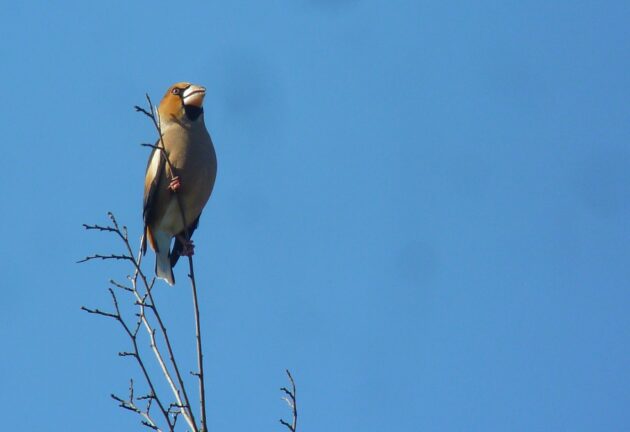
So though I visited Lynford, I didn’t see a Hawfinch on this occasion as I wasn’t there at the right time, though I did meet a number of hopeful Hawfinch hunters (HHHs), none of whom reported a sighting. Hawfinches have declined in the UK in recent years and become harder to see, though they remain common on the Continent: this year I’ve only seen them in Greece.
If you count the success of a day’s birding by the number and variety of birds you see, then my visit to Lynford was a failure, as I didn’t even manage to see the Brambling or the Bullfinches reported by HHHs. Instead my satisfaction came from watching a number of common woodland birds, flocking to feed at the old stone bridge that spans the stream. Here birdwatchers and photographers have a tradition of leaving seeds on the parapets for the birds, making its popular feeding site. Numbers are greatest on cold frosty days, but even on a relatively mild and sunny day there was a constant stream of customers coming for the free hand out.
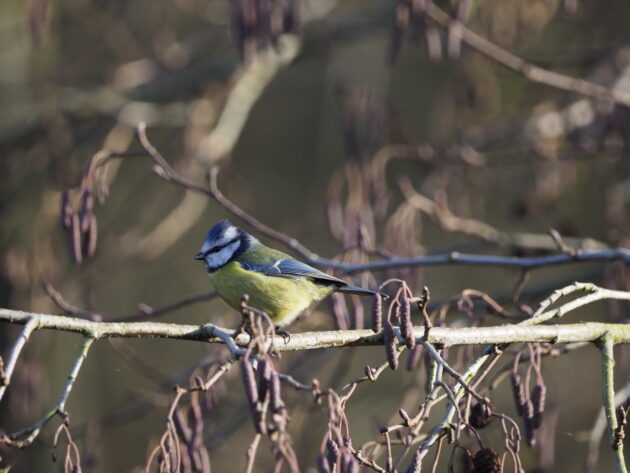
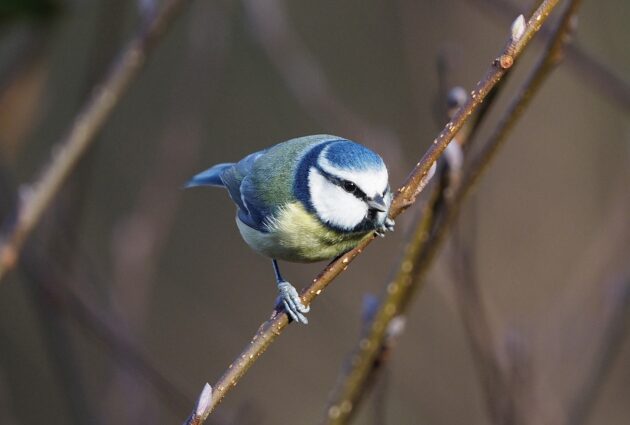
Blue Tits are so common, so ubiquitous, that most birdwatchers rarely give them more than a glance. They are, however, exceedingly handsome little chaps, while their lively behaviour makes them rewarding to watch. They were by far the most numerous visitors to the seed, whizzing in, selecting a seed or sunflower and then flying off to devour it. They don’t like being disturbed while looking for the right seed, so should a Marsh Tit interrupt their feeding, they are quick to see it off. Marsh Tits are far less numerous than Blue Tits, and despite their name aren’t particularly keen on marshes. Lynford, however, is a great place for them, and individuals were coming continually for the free food. Always subordinate to Blue Tits and the bigger Great Tits, they are grab-and-fly specialists, snatching a seed as quickly as possible and instantly flying off with it.
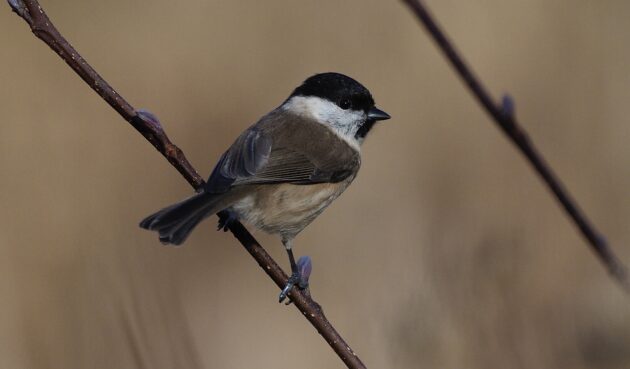
Willow Tits are so similar in appearance to Marsh Tits that they were the last native British bird to be described, in 1900, and even after the discovery there were many observers who refused to believe that they really existed. Today, in southern England, we rarely have the luxury of trying to tell the two species apart, as Willow Tits have declined so severely that they are now virtually extinct in East Anglia. I found the most reliable way to tell the two-part was appearance: Marsh Tits always look sleek and well groomed, with polished black cap. Willow Tits are scruffier, bull-necked and with dull black cap. The former looks as if it has recently visited the beauty parlour, while the latter is in need of a visit.
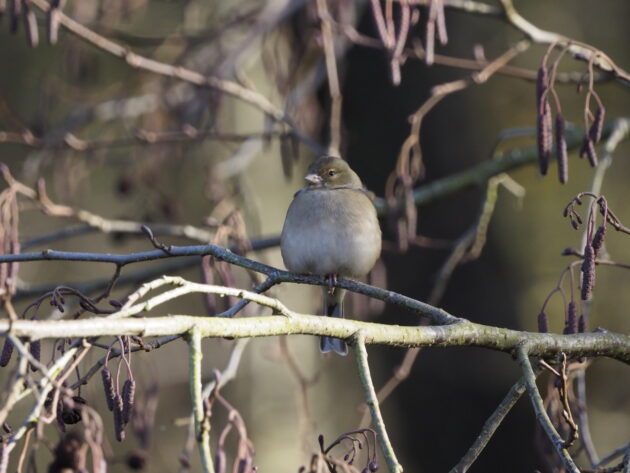
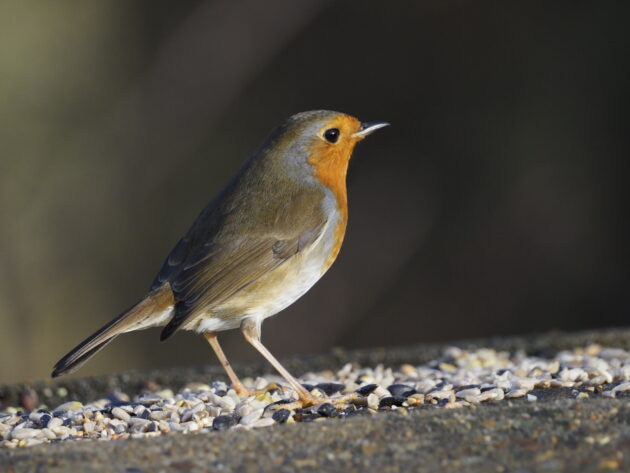
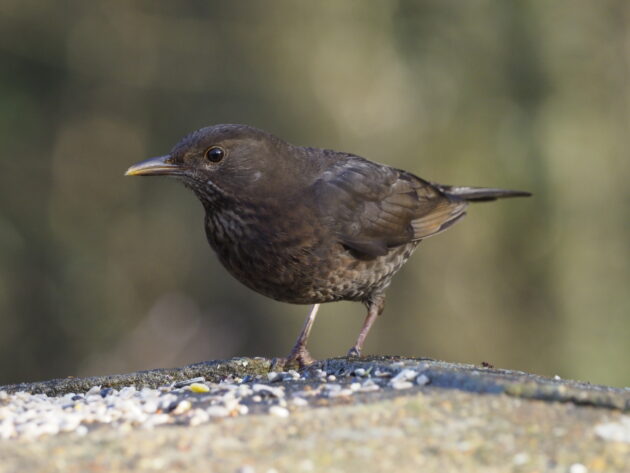
Needless to say, no Willow Tit came to the food, and most of the other customers were birds that I see daily in my garden: Blackbirds, Chaffinches and the odd Dunnock. The exception was a single (Eurasian) Nuthatch. I don’t like the prefix Eurasian, but this is a bird that deserves it, as it occurs all the way east to Japan. Nuthatches are garden birds for many people in England and Wales (they are rare in Scotland and don’t occur in Ireland), but they like beech trees, and if you haven’t any beech trees in or near your garden, you are unlikely to see them. At a former house with beech trees growing across the lane I used to see them daily, but I have yet to see one in my current garden, though I can find them just half a mile away.
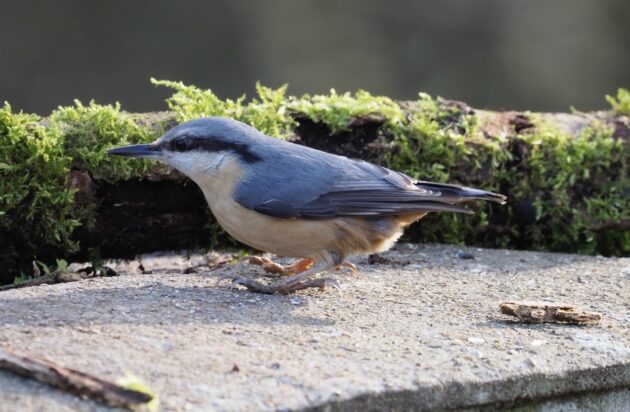
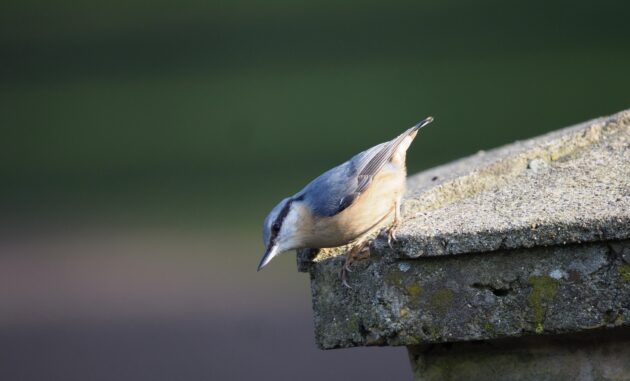
With their distinctive shape and sharply pointed, dagger-like beak, there’s nothing to confuse a Nuthatch with. That beak has evolved for tackling hazel nuts, but it also equips these birds with the ideal tool for defending themselves on bird tables – most small birds (and even Blue Tits) give way to the Nuthatch.
One creature that doesn’t budge for the Nuthatch is the Brown Rat, and a pair of these rodents were demonstrating their agility by raiding the bird seed. They were bold, too, unworried by my presence. I wished I was armed with my air rifle rather than my camera.
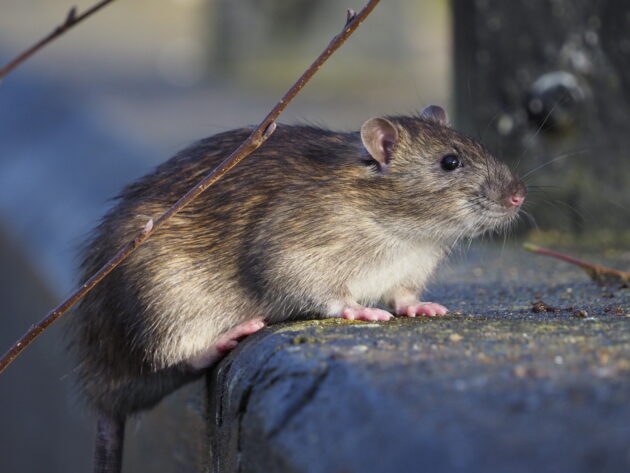
I left Lynford with no unusual sightings, but the satisfaction of lots of close encounters with several of our commonest birds. However, the best bird of the day I came across when just a couple of miles from home. It was a Barn Owl, or what country people around here still call the White Owl, hunting the water meadows at 3 o’clock in the afternoon. Daylight hunting is a characteristic of British Barn Owls, but curiously it is very rare on the Continent, where the birds are just as numerous but far less frequently seen.
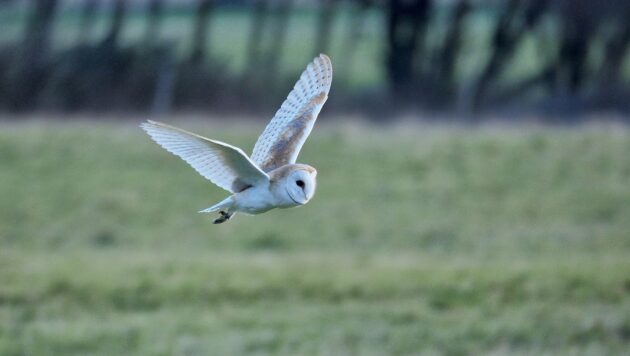











Another great read David and yes I am also guilty of placing bird food on the bridges. Not for the purposes of photography but sometimes to obtain Marsh Tit on my birding list.
I will be so bold as to challenge you on your statement that Lyndford is probably the best site for Hawfinch in England. If I had to choose I would perhaps opt for the parks Clumber and or Rufford in Nottinghamshire.
All in all though Lynford is a great location and one I endeavour to visit several times each year.